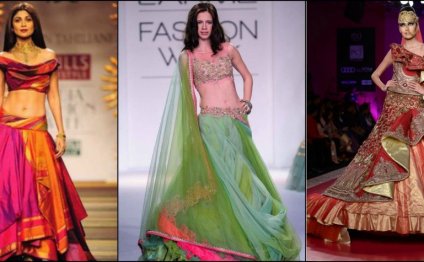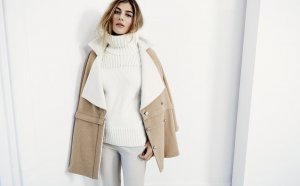
Latest Colours in fashion
Every fashionista remembers the scene. In Devil Wears Prada, aspiring journalist Andrea Sachs, slumming it as your own associate to style editor Miranda Priestly, sniggers while the magazine staff banters over which “stuff” to include a photo shoot. With catlike rate and a world-weary delivery, Priestly sizes up Andrea’s lumpy blue sweater and explains it isn’t simply blue or Turquoise or Lapis, but Cerulean, introduced by Paris fashion designer Oscar de la Renta in 2002. From catwalk, Cerulean Blue lured the interest of some other designers and eventually found its solution to mass merchants like everyday Corner, in which proletarians like Andrea look for deals. “It’s type of comical how you think you’ve made a choice that exempts you against the fashion industry, ” Priestly concludes, “when in reality, you’re using a sweater which was chosen obtainable because of the individuals inside space.”
Cerulean Blue. It’s a striking name for a striking hue, but it isn’t a color that Oscar de la Renta created. In 1999, the US color expert, Pantone, Inc., selected Cerulean Blue, referred to as the color associated with the sky on a serene, crystal clear day, since the “official shade for the millennium.” Pantone is regarded as several worldwide color consultancies that help big businesses like Apple, Mattel, and Nike make shade alternatives for product development.
As colorists forecast, they have to anticipate alterations in taste several years in advance. They take into consideration the lead time necessary for dye makers to secure recycleables and negotiate contracts with vendors, additionally the persistent shifts in consumer preferences. Therefore, when Oscar de la Renta draped their fabulous Cerulean Blue gown, he might happen prompted by a Pantone shade chip developed well before the millennium. Just what felt leading edge on Paris catwalk had, actually, already been thought years early in the day by color forecasters laboring over material swatches and paint chips somewhere in nj-new jersey.
Not one with this would-have-been possible without a confluence of circumstances that connected English ingenuity, German biochemistry, French fashion, and American entrepreneurship. The Germans perfected trustworthy dyes, as the French developed high fashion. For many years, the New York style industry copied the Europeans, until two United states females transformed business by setting color requirements for producers and scooping the Paris prognosticators.
Despite its fascinated title, there’s nothing strange or mysterious in regards to the procedure that developed Cerulean Blue. Colors forecasting is an occupation with an extended history, going back to the belated 1800s when French textile mills first issued color cards. These foldout books, created from paper and ribbon samples, showed what colors had been preferred among Paris dressmakers and milliners in the present season. About this region of the Atlantic, French shade cards became valuable tools for textile mills, tanneries, straw producers, and feather importers—the companies that supplied the ready-to-wear company, hatmakers, and footwear production facilities. Makers matched their particular dye lots to a certain tone card, making sure the bond regularly sew a set of good child gloves paired colour associated with leather-based, or that Porcelaine Blue really was Porcelaine Blue.
The annals of dependable colors that don’t fade in sunshine or streak when washed dates to Victorian England, whenever teenaged chemist William Perkin stumbled across a unique purple dye while working experiments to synthesize quinine in 1856. Perkin’s mauveine ignited a chemical change, establishing the synthetic dye business.
Before this, dyes were made just from normal products like plants and shells, and most faded in the long run. Since old times, the individuals of Tyre, with what is now Lebanon, had made purple dye from ingredient found only in 2 kinds of rare mollusks that reside over the east Mediterranean shore, making this expensive shade fit just for the robes of kings and princes. The new artificial dyes, cheaply constructed from coal tar that performedn’t run or fade, changed how purple was made. Perkin began their own company, making the dyes that gave the 1850s and 1860s their particular nickname, the “mauve years.” After Empress Eugénie and Queen Victoria wore mauveine dresses, hoop-skirted women made purple silk very popular in middle-class parlors from Stockholm to Cincinnati.
RELATED VIDEO



Share this Post
Related posts
Winter Style
WinterStyle.com specializes in premium quality winter months outerwear accessories. Discover the seasons hottest winter months…
Read MoreFashion in Summer
Trying to find summer housing in NYC? During summer, the Fashion Institute of tech opens its residence halls to present FIT…
Read More










